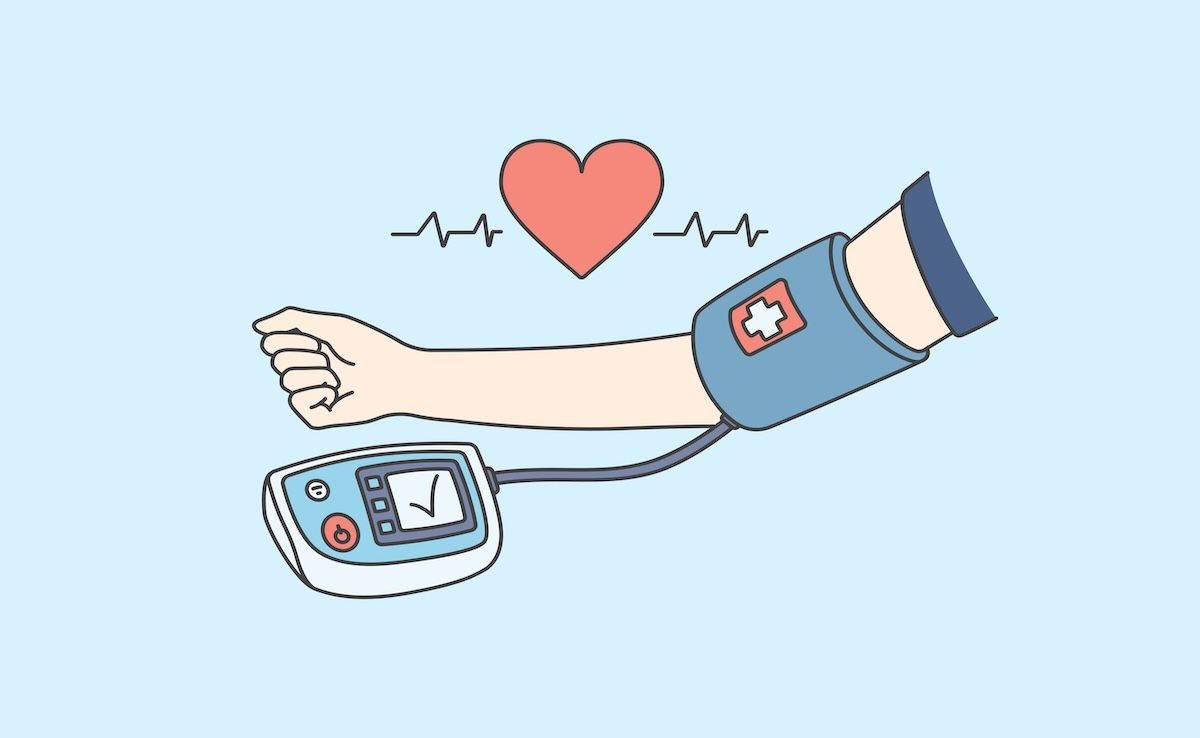Video
Treatment With Direct Oral Anticoagulants for Nonvalvular Atrial Fibrillation
Rajat Deo, MD, assistant professor of medicine at the University of Pennsylvania
In my practice, I’ve used all the NOAC (novel anticoagulant) therapies available for stroke prevention in my nonvalvular atrial fibrillation patients. I have used dabigatran in my nonvalvular atrial fibrillation patients. Some patients experience some GERD-like symptoms (gastroesophageal reflux disease symptoms) in the initial days after initiation of therapy. Those symptoms generally resolve, and I have found the therapy to be effective and safe.
I generally avoid using dabigatran in those patients with advanced kidney disease. In those individuals, I generally select another NOAC therapy.
Patients with nonvalvular atrial fibrillation can certainly be switched from warfarin therapy to a NOAC or a DOAC (direct oral anticoagulant). In general, I will switch a patient from warfarin to a NOAC when it is clear that maintaining an effective time and therapeutic range has been challenging. So, in particular, those individuals that have significant fluctuations in their INR (international normalized ratio), despite close monitoring, are, in my opinion, ideal candidates for NOAC therapy.
On the contrary, in those individuals who have been taking warfarin for many years; who have an INR that’s 2.2, 2.3, or 2.5; that have occasional monitoring and are tolerating it well, I don’t see the need to transition them to a NOAC therapy.
Once a patient is taking a NOAC, I ensure routine clinic visits and ensure that the patient has not been experiencing any side effects. In particular, I’m interested to know whether the patient has had any change in their comorbid status. In a status of their other comorbidities, in particular, I’m interested in knowing whether there have been any bleeding events, whether an individual has had any advancement of baseline kidney disease, whether there have been any gastrointestinal (GI) side effects or GI bleeding events, or whether there have been any traumatic events that could result in internal bleeding. Those are the general questions that I follow through on my patients that are on NOAC therapies.
One of the important follow up areas, related to NOAC prescriptions, has been when individuals require another surgical procedure. If they require a surgical procedure, or an advanced dental procedure, or abdominal surgery, or thoracic surgery, I work with their surgeon or other caregivers to determine the ideal times of stopping NOAC therapy and resuming NOAC therapy once it’s clinically safe.
Nonvalvular atrial fibrillation increases the risk of thromboembolic strokes, ischemic strokes, and other thromboembolic events. It is critical, in my opinion, to initiate anticoagulation therapy in those individuals that have a CHA2DS2 VASc score ≥2. So, once atrial fibrillation is confirmed and the CHA2DS2 VASc score is ≥2, I initiate anticoagulation therapy immediately.
The primary consideration for switching from one DOAC to another generally involves the patient having experienced a side effect. If a patient experiences a major bleeding event on one DOAC agent, it’s important to determine the cause of the bleeding event. Was this a spontaneous bleed? And oftentimes, we feel comfortable in resuming anticoagulation therapy. Again, these decisions are weighed carefully with the potential for another bleeding event to the obvious effectiveness of stroke and thromboembolic protection.
However, in these situations, patients are oftentimes concerned about continuing the same oral anticoagulant. Oftentimes, we switch them to provide some degree of reassurance. There are other situations where I may, oftentimes, switch an oral anticoagulant when there is progression in the disease. For example, in kidney disease, there are some agents where advanced kidney disease is not an ideal scenario to continue certain NOAC therapies. In those situations, I may switch.
In individuals who have extremes of kidney disease, who are on dialysis, or who are on other renal replacement therapies, I will terminate DOAC therapy entirely and consider, potentially, warfarin therapy or no anticoagulation therapy. In individuals who undergo valve replacement and then need a mechanical valve and require, oftentimes, warfarin therapy, those are other individuals in whom I may discontinue DOAC therapy so that I can initiate warfarin.










